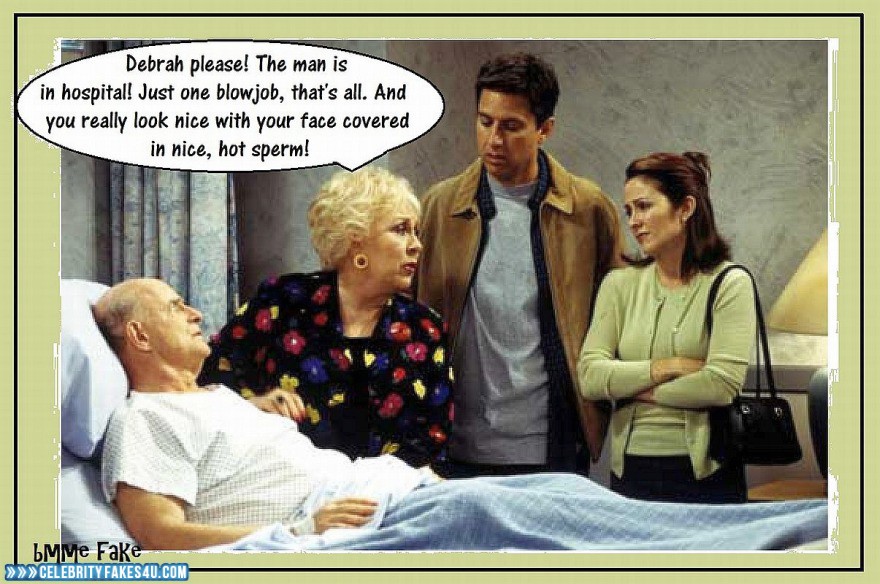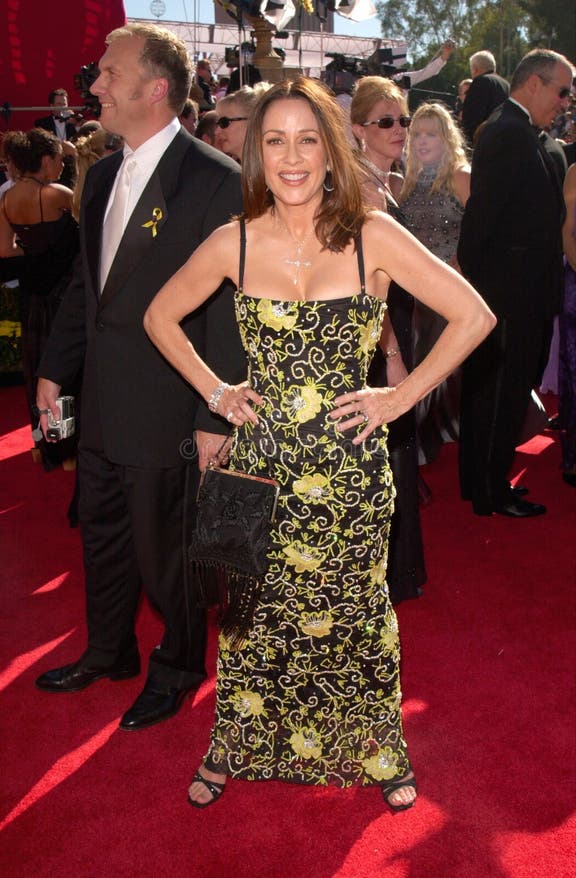Are you curious about the intersection of celebrity culture and the digital age, and how it's reshaping perceptions of privacy and authenticity? The rise of manipulated imagery, often referred to as "fakes," has created a complex landscape where discerning reality from illusion has become increasingly challenging, particularly when it involves public figures like Patricia Heaton.
Born on March 4, 1958, in Bay Village, Ohio, Patricia Heaton has graced television screens for decades, leaving an indelible mark on the industry. While she has appeared in numerous shows, she is perhaps best recognized for her role as Frankie Heck in the popular series "The Middle." This enduring presence in the entertainment world has, unfortunately, also made her a subject of digital manipulation, sparking conversations about the ethical boundaries of online content creation and consumption.
| Category | Details |
|---|---|
| Full Name | Patricia Helen Heaton |
| Date of Birth | March 4, 1958 |
| Place of Birth | Bay Village, Ohio, USA |
| Occupation | Actress, Producer |
| Known For | Debra Barone in "Everybody Loves Raymond" and Frankie Heck in "The Middle" |
| Notable Awards | Two Primetime Emmy Awards for "Everybody Loves Raymond" |
| Spouse | David Hunt (married 1990) |
| Children | 4 sons |
| Education | Ohio State University, then studied drama |
| Selected Filmography |
|
| Reference Website | IMDb |
The digital landscape has opened up avenues for various forms of content creation. Some platforms have emerged with the goal of cataloging and presenting nudity in media, attempting to highlight the cultural and artistic context of such scenes. However, this approach also presents potential challenges, as the line between artistic expression and exploitation can be blurred. In the case of Patricia Heaton, any digitally altered images featuring her raise questions about consent, privacy, and the potential for causing emotional distress.
- Tom Delonge Spouse Relationships Inside His Marriages More
- Amelia Dimoldenberg Chicken Shop Date More Your Guide
The proliferation of "fakes" poses several critical questions. What is the impact of such images on the individuals depicted? How does it affect the public's perception of these figures? And what responsibilities do content creators and platforms have in addressing this issue? These are questions that are increasingly being asked in the context of celebrity culture and the digital world. The ethical implications extend beyond the specific individuals targeted, influencing wider conversations about image manipulation, privacy rights, and the responsibility of content creators.
It's important to distinguish between actual images and those created through manipulation. Authentic images of celebrities are available through various legitimate sources, such as their professional work or authorized photoshoots. However, the altered images in question are the product of digital alterations, typically using software to create images that never actually existed. The impact is not just visual; it can also have emotional and reputational consequences, which is why it is imperative to approach such content with a critical mindset.
The rise of deepfakes and other sophisticated manipulation techniques makes it increasingly challenging to determine the authenticity of images. This is why it's more important than ever for media consumers to adopt a discerning approach, verifying sources, and considering the potential for manipulation. The goal is not to censor or suppress expression but to ensure that the online environment is safe, fair, and respectful of individual rights. Digital literacy and critical thinking are key to navigating this complex terrain.
- Liam Hemsworth Gabriella Brooks Romance Family Future
- Colorado Form Dr 0004 Your Guide To State Withholding Changes
Platforms such as Aznude have emerged, seeking to organize and provide access to celebrity nudity in various forms. The stated mission of these platforms is to make this content universally available. It highlights the cultural significance of nude scenes in mainstream media, offering an accessible collection of moments from movies and series. This approach, however, also raises questions about the legal and ethical considerations related to image use and the rights of the individuals featured.
The legal framework surrounding the creation and distribution of manipulated images is still evolving. Existing laws may address specific aspects of these practices, such as defamation, copyright infringement, or the unauthorized use of an individual's likeness. However, it is likely that legal systems around the world will need to adapt to the evolving nature of digital manipulation and to address the challenges it presents. The ongoing discussion about the ethical implications of these practices highlights the need for clarity and consistency in this area.
The use of the term "fakes" to describe these images is a reminder of their deceptive nature. These images are fabricated, constructed through digital means, and are not a true representation of the individual depicted. The use of this term, rather than language that might normalize the practice, can contribute to better understanding and responsible online practices. This clarity is essential for fostering a culture of digital responsibility.
The creation and distribution of manipulated images, including those featuring public figures like Patricia Heaton, frequently spark debates amongst fans and media enthusiasts. These discussions touch on issues of artistic expression, personal privacy, and the overall ethical climate of the internet. The conversations are often complex, requiring a balanced perspective, critical thinking, and an understanding of the potential for harm.
When considering the context surrounding manipulated images, its important to also recognize the various perspectives present. Some individuals may focus on freedom of expression, while others emphasize privacy and the potential harm to the subject. The key to moving forward involves a comprehensive understanding of the issues and a willingness to engage in civil and respectful conversations. It can be beneficial to also learn about legal frameworks, technological advancements, and cultural viewpoints.
It is crucial to acknowledge that the subject of Patricia Heaton and manipulated images raises ethical considerations that cannot be ignored. These include the right to privacy, the risk of reputational damage, and the potential for emotional distress. Digital responsibility requires a commitment to respecting individual rights and avoiding actions that could cause harm. It also calls for an awareness of the limitations of technology and a willingness to use it in an ethical and responsible manner.
The focus on images often leads to the underestimation of the human impact involved. Digital alteration may not be easily recognized, but it can cause substantial psychological distress for those targeted. The ability to understand the potential impact on individuals and communities promotes greater empathy and responsibility. Such awareness can help guide behavior online and contribute to the development of healthier digital environments.
The emergence of deepfake technology and other manipulation techniques has changed the landscape of online content. This has made it increasingly difficult to trust what we see, read, and hear. This requires media consumers to be discerning, verifying the source and context of information. It reinforces the importance of media literacy and critical thinking, providing individuals with the skills needed to navigate the online world safely and ethically.
The content available includes references to galleries and platforms where potentially altered content may be found. Such references, in themselves, do not constitute endorsement, but rather point to the existence of such materials. The importance remains on the need for caution, critical analysis, and an understanding of the potential harm caused by image manipulation.
The debate surrounding manipulated celebrity images is ongoing. The issues are complex, and a single solution is unlikely. A multifaceted approach involving legal frameworks, technological solutions, ethical standards, and individual responsibility is needed. The goal is to create an online environment that respects individual rights, protects privacy, and fosters a sense of trust and safety.
- Chloe Lukasiak Brooklinn Khoury How They Met Relationship Journey
- Limitless With Chris Hemsworth Secrets To Living Better Longer


